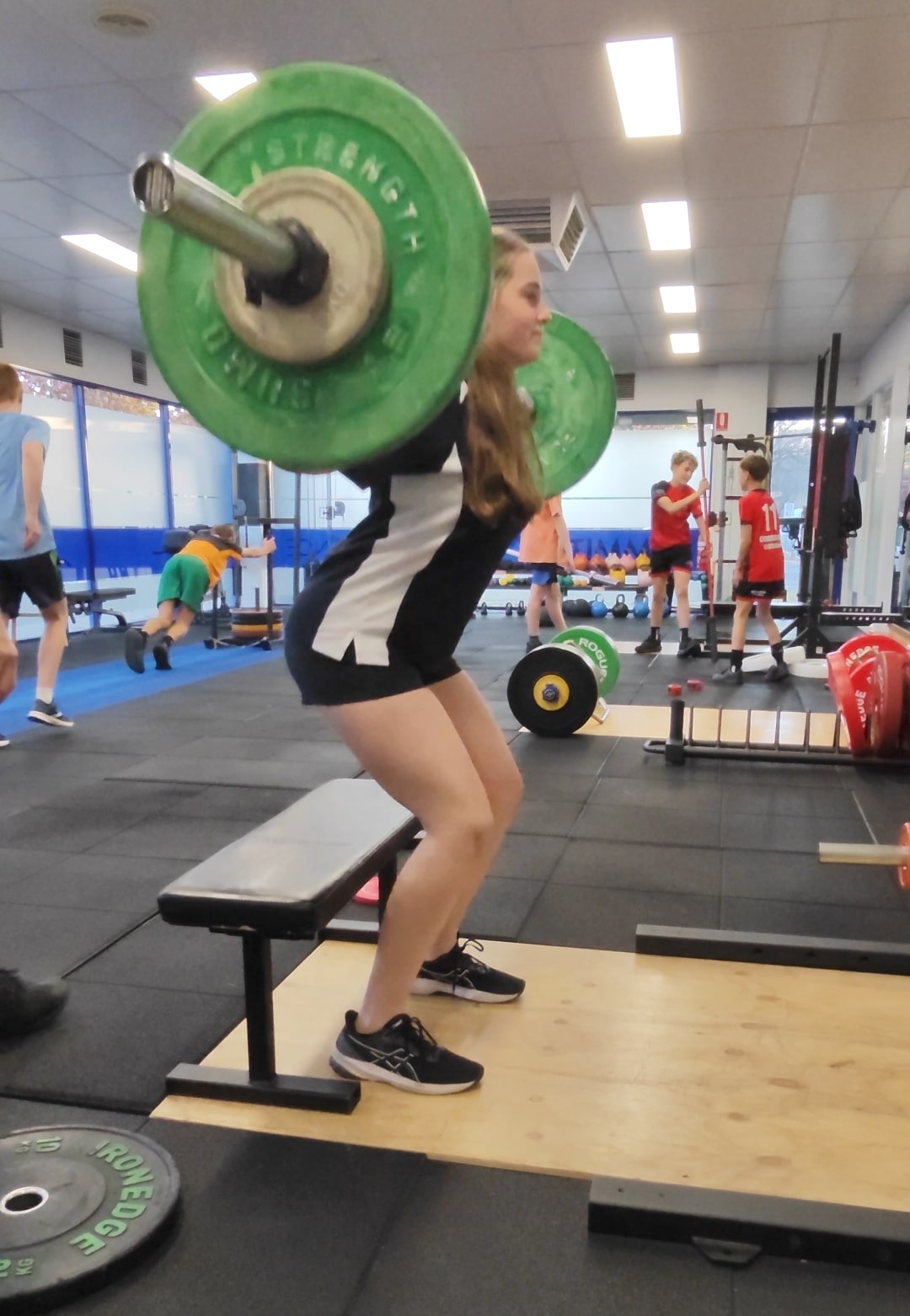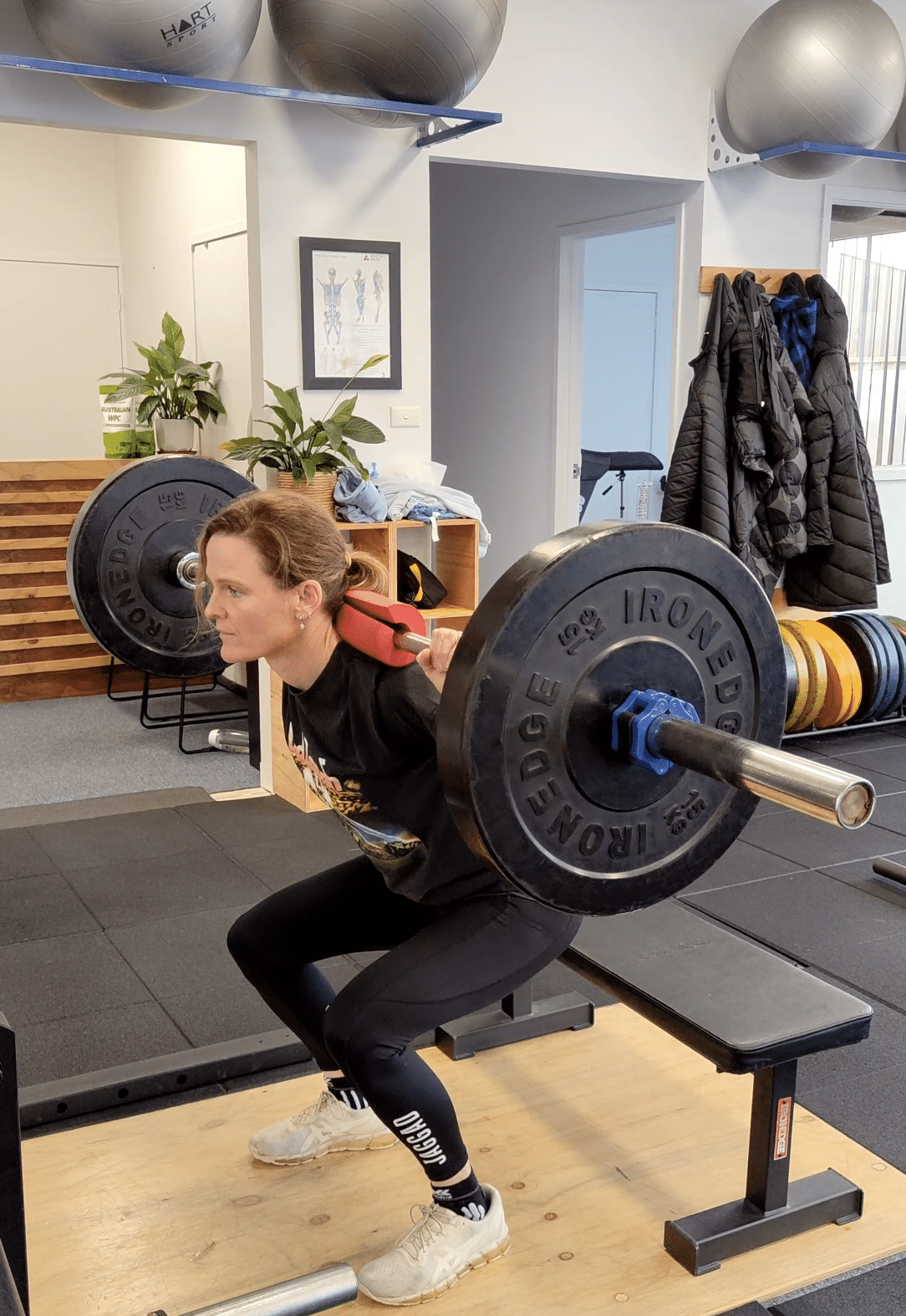As we age, maintaining our physical health becomes increasingly important. One aspect that often takes a backseat in discussions on aging is the significance of heavy strength training, especially for individuals over the age of 40. In this blog post, we will delve into the compelling reasons why incorporating heavy strength training into our weekly routine is not just beneficial but imperative for sustained health and vitality. We’ll also explore some key exercises that individuals can learn and practice to unlock the full potential of their bodies.
The Aging Dilemma:
As we enter our fourth decade and beyond, our bodies undergo various physiological changes. Muscle mass tends to decline, bone density decreases, and joint flexibility may diminish. These factors contribute to a host of issues, such as decreased metabolism, increased risk of injury, and a decline in overall physical function. However, heavy strength training has been proven to counteract these effects, offering a potent antidote to the challenges associated with aging.
Muscle Mass Preservation:
One of the primary benefits of heavy strength training, particularly as we age, is its ability to preserve and even increase muscle mass. Sarcopenia, the age-related loss of muscle mass and strength, accelerates after the age of 40. Engaging in regular, challenging resistance training can stimulate muscle protein synthesis, preventing the decline in muscle mass and promoting lean body mass.
Key Exercises:
a. Squats: A compound movement that engages multiple muscle groups, including the quadriceps, hamstrings, glutes, and core.
b. Deadlifts: An excellent exercise for targeting the posterior chain, including the lower back, hamstrings, and glutes.
c. Bench Press: Strengthens the chest, shoulders, and triceps, promoting upper body strength.
Bone Density Maintenance:
Osteoporosis, the gradual loss of bone density, is another common concern as we age, especially among women. Heavy strength training imposes a significant load on bones, prompting them to adapt and become denser. Weight-bearing exercises, such as those involved in heavy lifting, are crucial for maintaining and even increasing bone density, reducing the risk of fractures and osteoporosis-related issues.
Key Exercises:
a. Overhead Press: Strengthens the shoulders and upper back, promoting bone density in the spine and shoulders.
b. Weighted Lunges: Engages the lower body while providing a weight-bearing stimulus for the hip and leg bones.
c. Bent-Over Rows: Targets the upper back and spine, contributing to bone density in the mid and upper back.
Metabolism Boost:
One of the common challenges of aging is a slowing metabolism, which can lead to weight gain and an increased risk of metabolic disorders. Heavy strength training, with its capacity to build and maintain lean muscle mass, plays a pivotal role in revving up the metabolism. Muscle tissue is metabolically active, meaning that the more muscle you have, the more calories your body burns at rest.
Key Exercises:
a. Kettlebell Swings: A dynamic exercise that engages the entire body, promoting cardiovascular health and metabolic efficiency.
b. Farmer’s Walks: Involves carrying heavy weights in each hand, stimulating the muscles and elevating the heart rate.
Joint Health and Functionality:
As we age, joint health becomes a crucial aspect of overall well-being. Heavy strength training, when performed with proper form and technique, strengthens the ligaments and tendons surrounding the joints. This, in turn, improves joint stability and flexibility, reducing the risk of injuries and enhancing overall functionality.
Key Exercises:
a. Box Squats: A variation of the traditional squat that places less stress on the knees while still targeting the lower body.
b. Romanian Deadlifts: Focuses on the hamstrings and lower back with a reduced range of motion, making it gentler on the joints.
c. Assisted Pull-Ups: Strengthens the upper body while providing support to the joints through controlled movements.
Incorporating heavy strength training into our weekly routine after the age of 40 is not just a fitness choice; it’s a commitment to long-term health and vitality. By prioritizing exercises that target muscle preservation, bone density maintenance, metabolism boost, and joint health, individuals can mitigate the effects of aging and enjoy a higher quality of life. Investing time and effort into mastering and consistently practicing these key exercises can lead to a more resilient, capable, and energetic version of oneself as the years progress.




